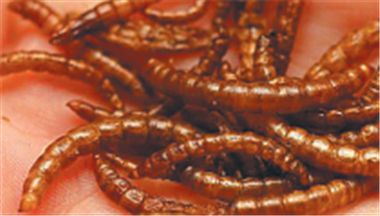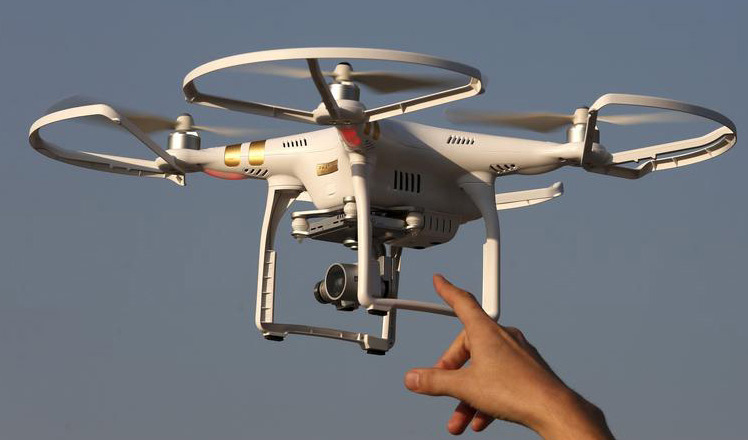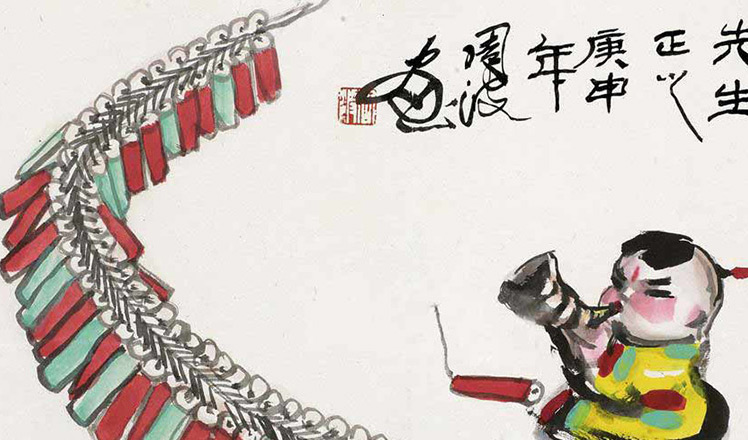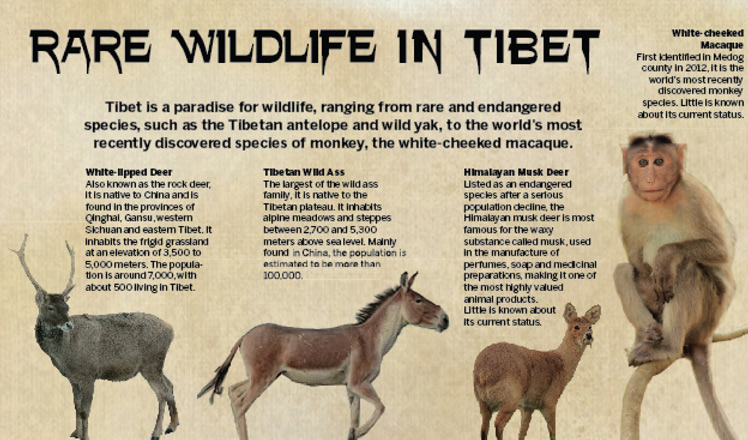Breed-your-own insect 'revolution' for the kitchen
Updated: 2016-01-26 11:04
By Simon Sturdee(Agencies)
|
|||||||||
 |
|
The UN Food and Agriculture Organization estimates that insects form part of the traditional diets of at least 2 billion people.[Photo/ Agencies] |
A seething mass of larvae in the kitchen is not everyone's cup of tea, particularly for squeamish Westerners. But for two young Austrian entrepreneurs, it's a food revolution that can help save the planet.
Katharina Unger and Julia Kaisinger, 25 and 28, have developed a device to breed in the comfort of your own home the protein-rich grubs of the meal beetle, to then eat.
"With this current design you can make 200-500 grams of mealworms every week," Unger says at a tasting and fundraising event in Vienna.
"You freeze them and then you make them like any other type of meat. You can cook them, roast them, make them into burger patties and mix them into sauce for pasta," she says.
Into the top of the sleek, white "desktop hive" go pupae which then hatch into adults. In the next section, the "loveshack", the insects mate and their eggs fall into the next layer.
Helped by a controlled microclimate, the eggs hatch into larvae which gradually grow and descend to a drawer at the bottom where, around three centimeters long and plump, they are "harvested".
"Our team eats them almost every day," Unger says, showing off some of her creations-Greek salads topped by toasted grubs, quinoa-and-mealworm meatballs and even chocolate (and worm) cake.
Eating insects-entomophagy-is not new. Humans have been doing so for thousands of years and today they are a common food in many developing countries across Asia, Africa, Latin America and Oceania.
The UN Food and Agriculture Organization estimates that insects form part of the traditional diets of at least 2 billion people, with more than 1,900 species reportedly enjoyed worldwide.
In Europe, Romans and ancient Greeks ate them-Aristotle was partial to cicada larvae-and some European cheeses, like mimolette in France or the Sardinian casu marzu, contain or use insects.
- A glimpse of Spring Rush: little migrant birds on the way home
- Policy puts focus on genuine artistic students
- Police unravel market where babies are bought, sold as commodities
- More older pregnant women expected
- Netizen backlash 'ugly' Spring Festival Gala mascot
- China builds Mongolian language corpus
- 2 Chinese nationals killed, 1 injured in suspected bomb attack in Laos
- New York, Washington clean up after fatal blizzard
- 'Plane wreckage' found in Thailand fuels talk of missing Malaysian jet
- Washington shuts down govt, NY rebounds after blizzard
- 7 policemen, 3 civilians killed in Egypt's Giza blast
- Former US Marine held in Iran arrives home after swap

 Drone makers see soaring growth but dark clouds circle industry
Drone makers see soaring growth but dark clouds circle industry China's Zhang reaches Australian Open quarterfinals
China's Zhang reaches Australian Open quarterfinals
 Spring Festival in the eyes of Chinese painters
Spring Festival in the eyes of Chinese painters
 Cold snap brings joy and beauty to south China
Cold snap brings joy and beauty to south China
 The making of China Daily's Tibetan-style English font
The making of China Daily's Tibetan-style English font
 First trains of Spring Festival travel depart around China
First trains of Spring Festival travel depart around China
 Dough figurines of Monkey King welcome the New Year
Dough figurines of Monkey King welcome the New Year
 Ning Zetao, Liu Hong named China's athletes of the year
Ning Zetao, Liu Hong named China's athletes of the year
Most Viewed
Editor's Picks

|

|

|

|

|

|
Today's Top News
National Art Museum showing 400 puppets in new exhibition
Finest Chinese porcelains expected to fetch over $28 million
Monkey portraits by Chinese ink painting masters
Beijing's movie fans in for new experience
Obama to deliver final State of the Union speech
Shooting rampage at US social services agency leaves 14 dead
Chinese bargain hunters are changing the retail game
Chinese president arrives in Turkey for G20 summit
US Weekly

|

|









